Once, the Portuguese ruled the seas and set out to discover and conquer new lands. They found over 70% of the world that Europeans didn’t know about before.
However, many of these discoveries weren’t officially recorded because Portugal was too small to control, colonize, and defend all the territories against other European powers.
The Portuguese found places like Greenland, Newfoundland, and Australia, which were already inhabited. They also discovered small islands like the Maldives or Vanuatu but left them after discovering them. Here are some famous Portuguese explorers:
1. Vasco da Gama
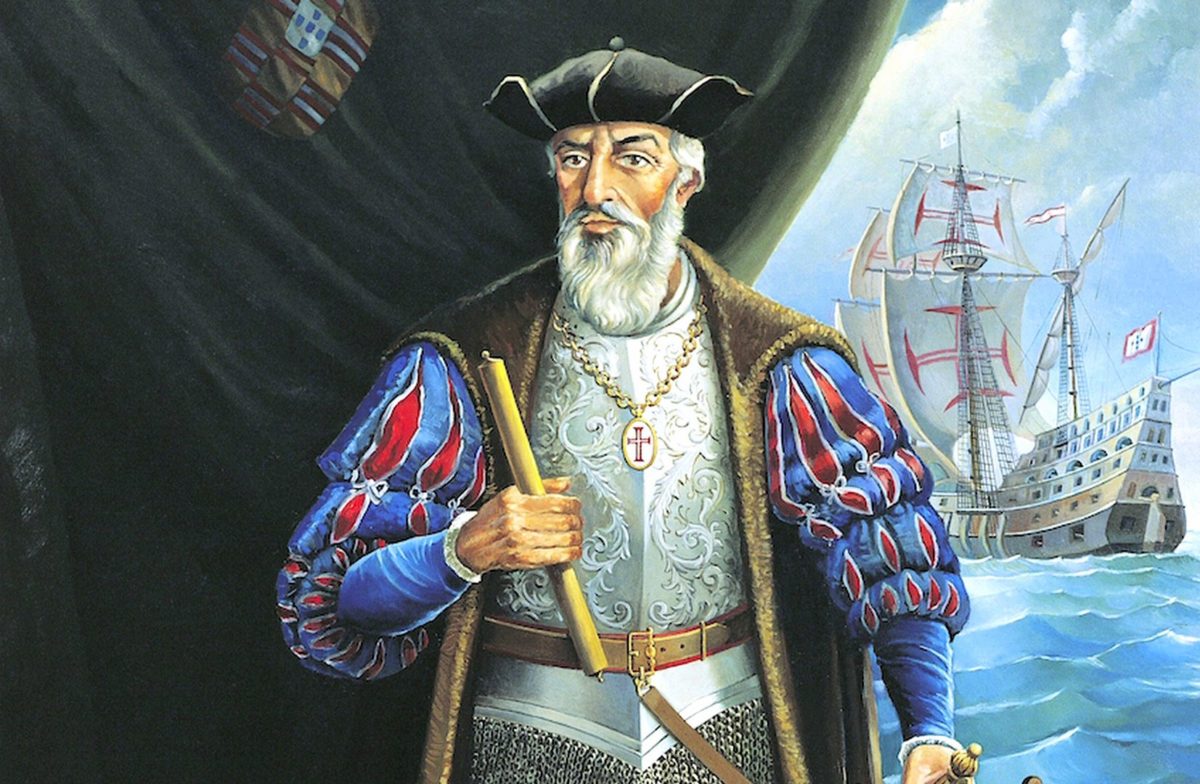
Vasco da Gama was born in Sines in 1468/69 and died in Cochin, India, on December 24, 1524. He was the third of six brothers and the son of the governor of Sines. Vasco da Gama was a famous navigator who commanded the first ships to sail directly from Europe to India. Later, he briefly became the governor of Portuguese India.
2. Pedro Álvares Cabral
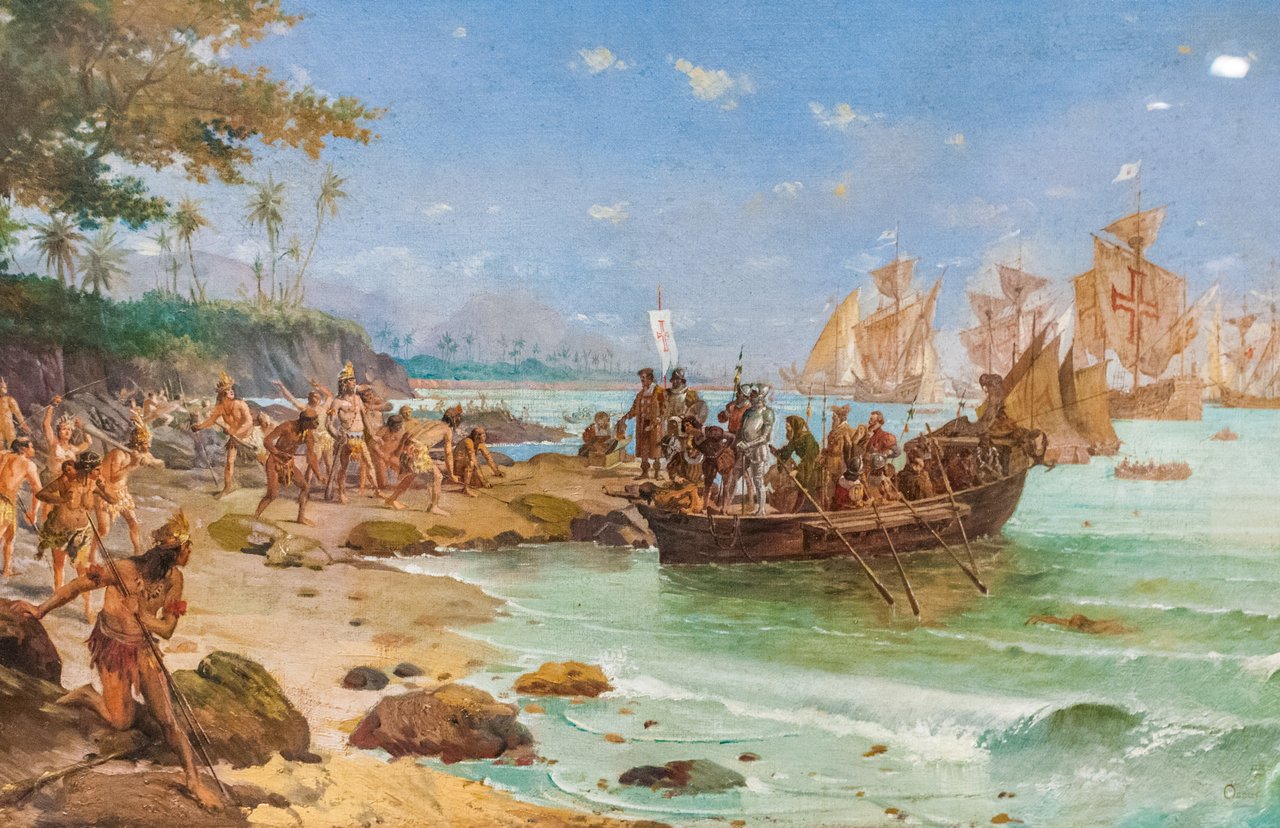
After Vasco da Gama returned from India, Pedro Álvares Cabral was sent on another expedition. In 1500, Cabral commanded a fleet of thirteen ships and about 1200 men. On April 22, 1500, they reached what is now Brazil. This discovery was important for protecting the route to India. Brazil became a key part of the Portuguese Empire.
3. Ferdinand Magellan
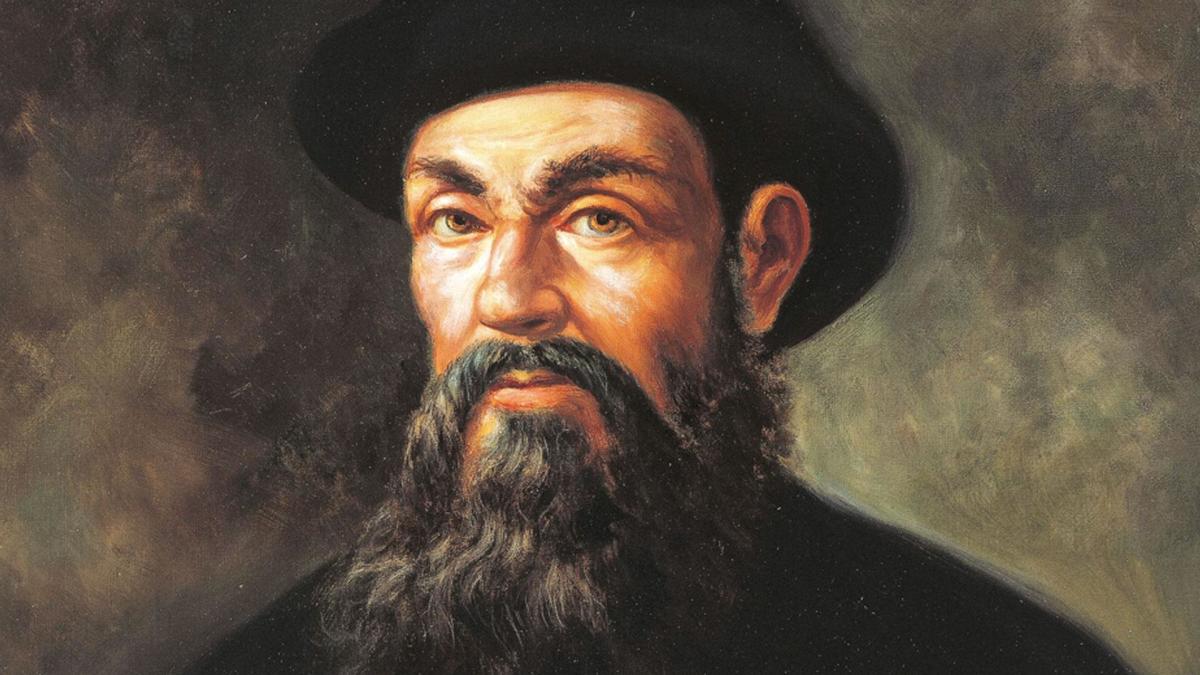
Ferdinand Magellan, born around 1480, was a Portuguese explorer who sailed for Spain in 1519 with five ships to find a westward route to the Spice Islands. He discovered the Strait of Magellan and was the first European to cross the Pacific Ocean.
Only one ship returned home three years later, loaded with spices, but Magellan was killed during the journey. His expedition showed that the world was much larger than previously thought.
4. Christopher Columbus
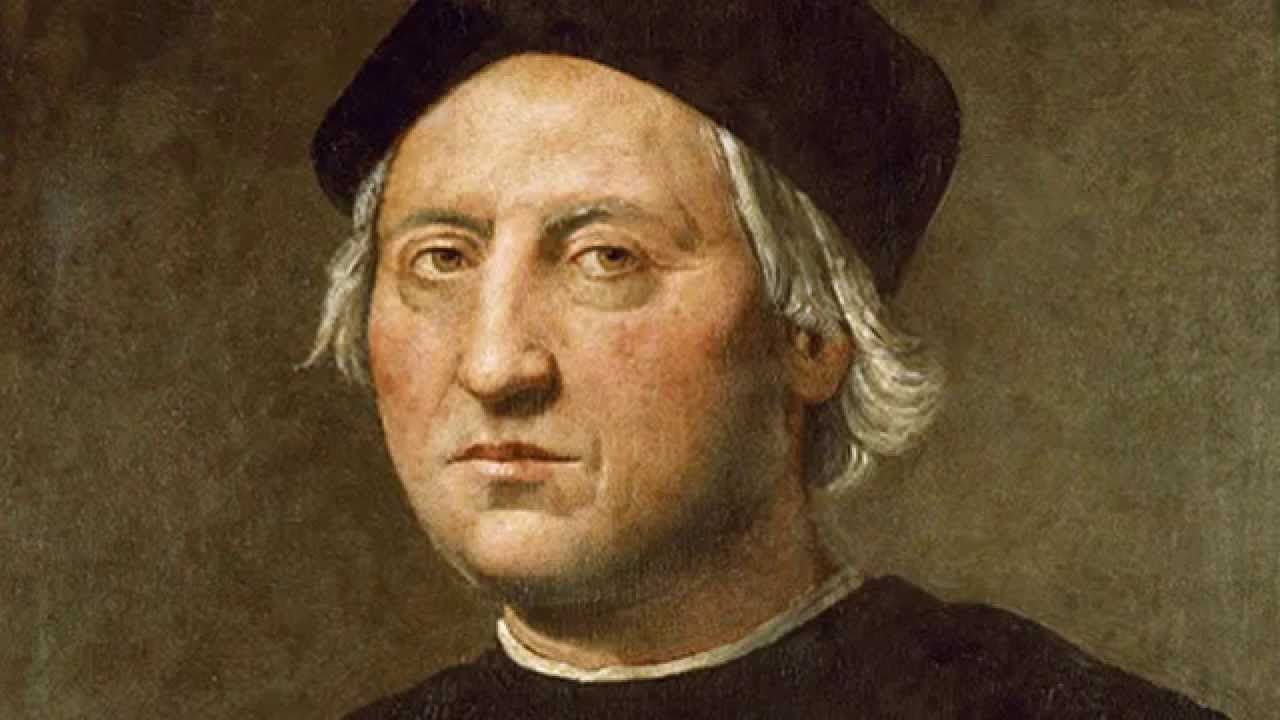
Christopher Columbus’s nationality is debated, but he is often thought to be Italian. He lived in Portugal for a while and made four voyages between 1492 and 1503, discovering parts of North and South America. These journeys started European exploration and colonization of the Americas.
5. Diogo Cão
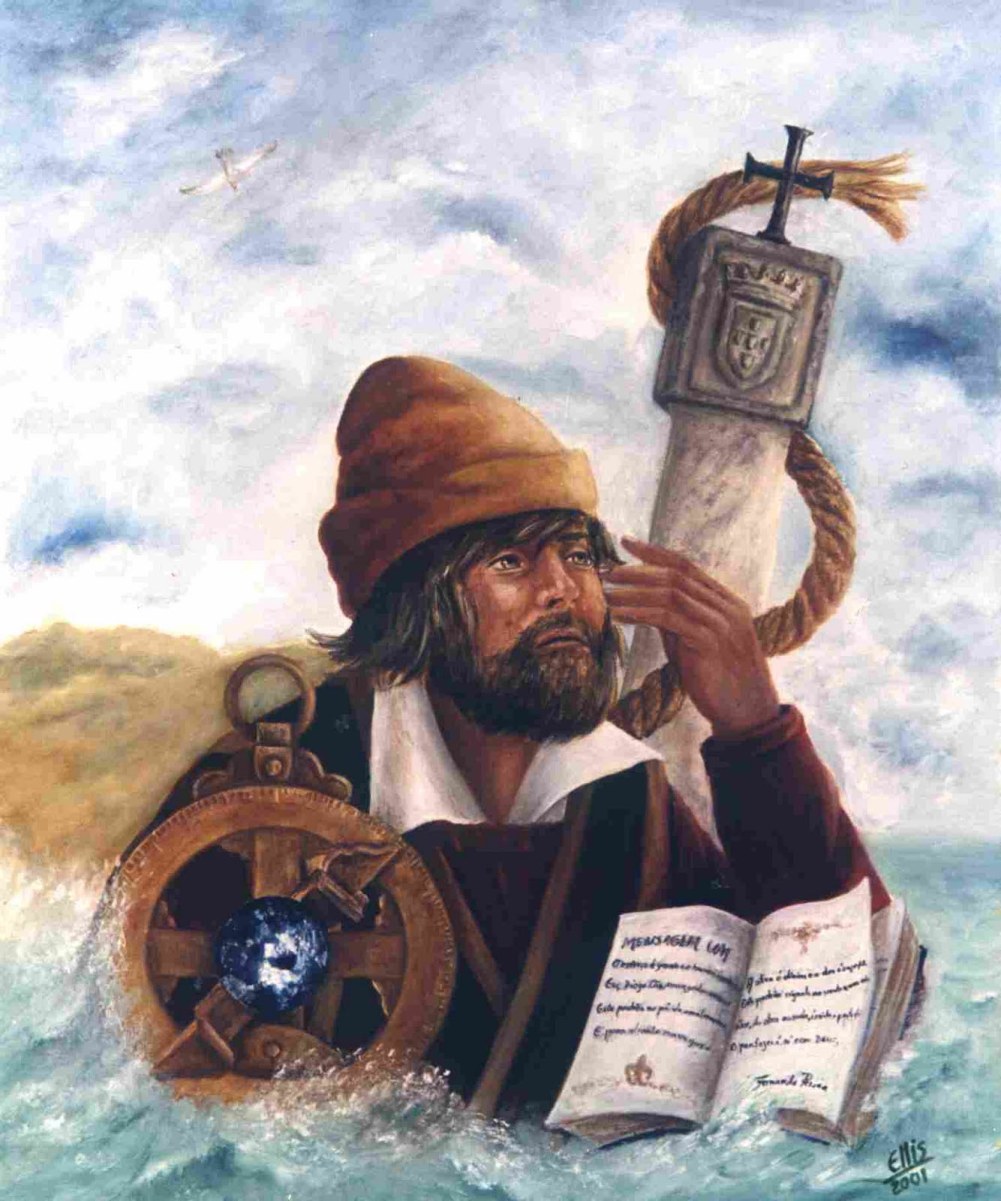
Diogo Cão was a 15th-century Portuguese navigator who explored the southwest coast of Africa between 1482 and 1486. He established relations with the Congo King and marked Portuguese presence with stone markers. He thought he had reached the southernmost point of Africa, which was later rounded by Bartolomeu Dias.
6. Diogo Silves
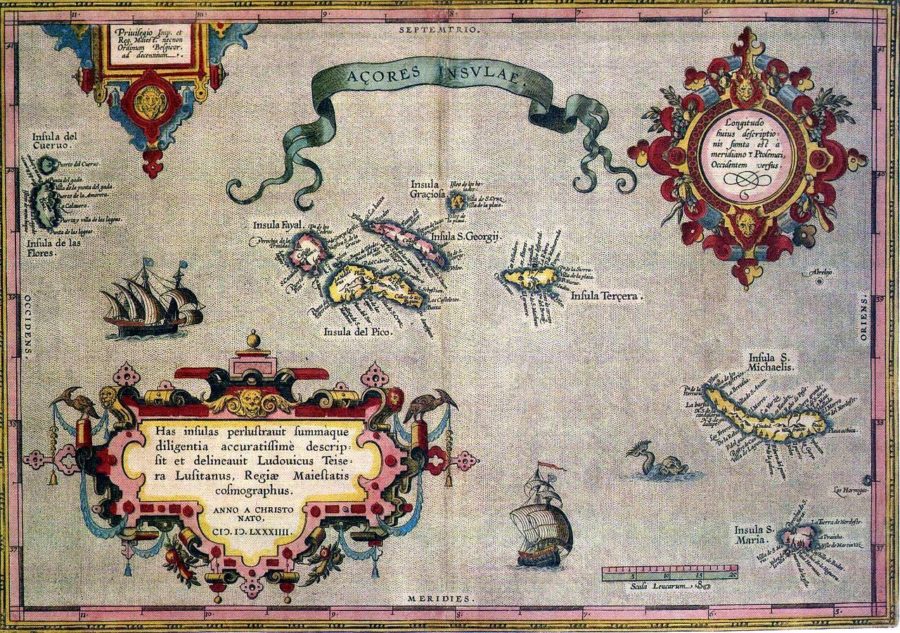
Diogo Silves was a 15th-century Portuguese navigator from Silves, Algarve. In 1427, he discovered the Azorean islands of the central and eastern groups, starting with Santa Maria, during a regular trip in the Atlantic Ocean.
7. Bartolomeu Dias
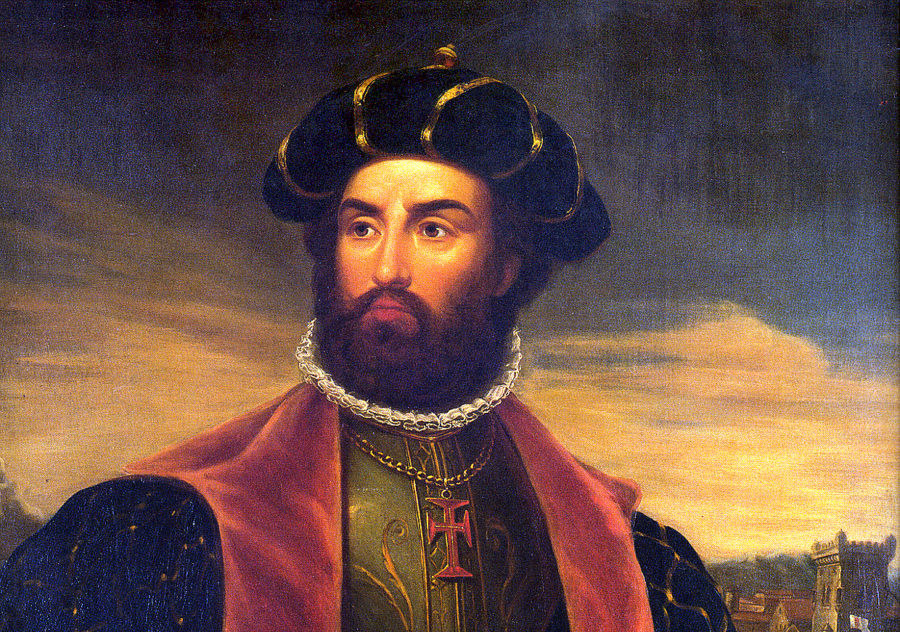
Born in 1450, Bartolomeu Dias was the first European to sail beyond the southern tip of Africa. He named this point the Cape of Good Hope, which was crucial for reaching the Indian Ocean. This achievement opened up new economic and expansion opportunities.
8. Gaspar and Miguel Corte Real
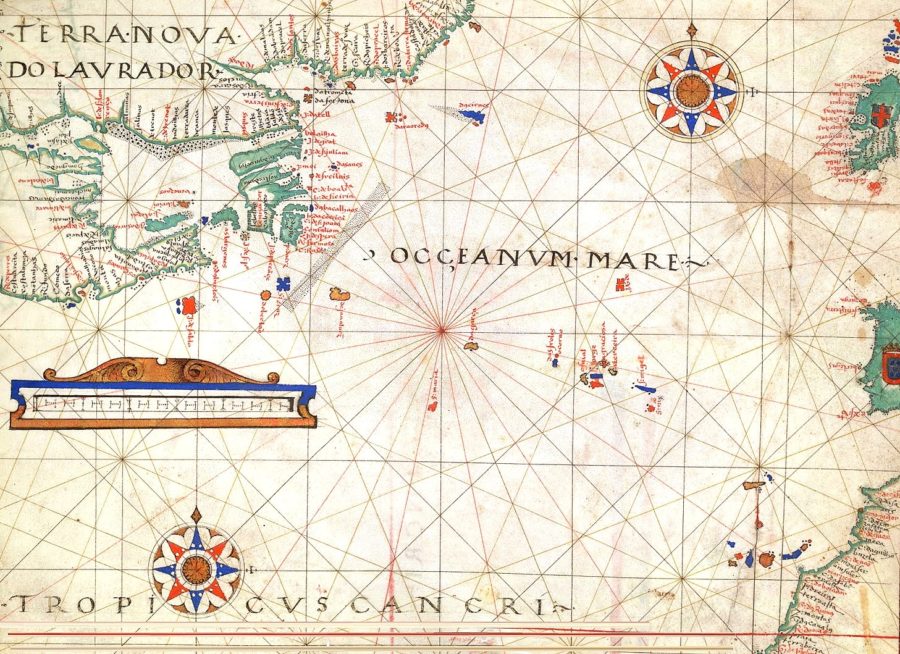
The Corte Real brothers were Portuguese nobles. In 1500, Gaspar Corte Real explored Greenland, then in 1501, he and his brother Miguel explored the Labrador coast. They mapped about 600 miles of the shore, looking for new lands.
9. João Gonçalves Zarco and Tristão Vaz Teixeira
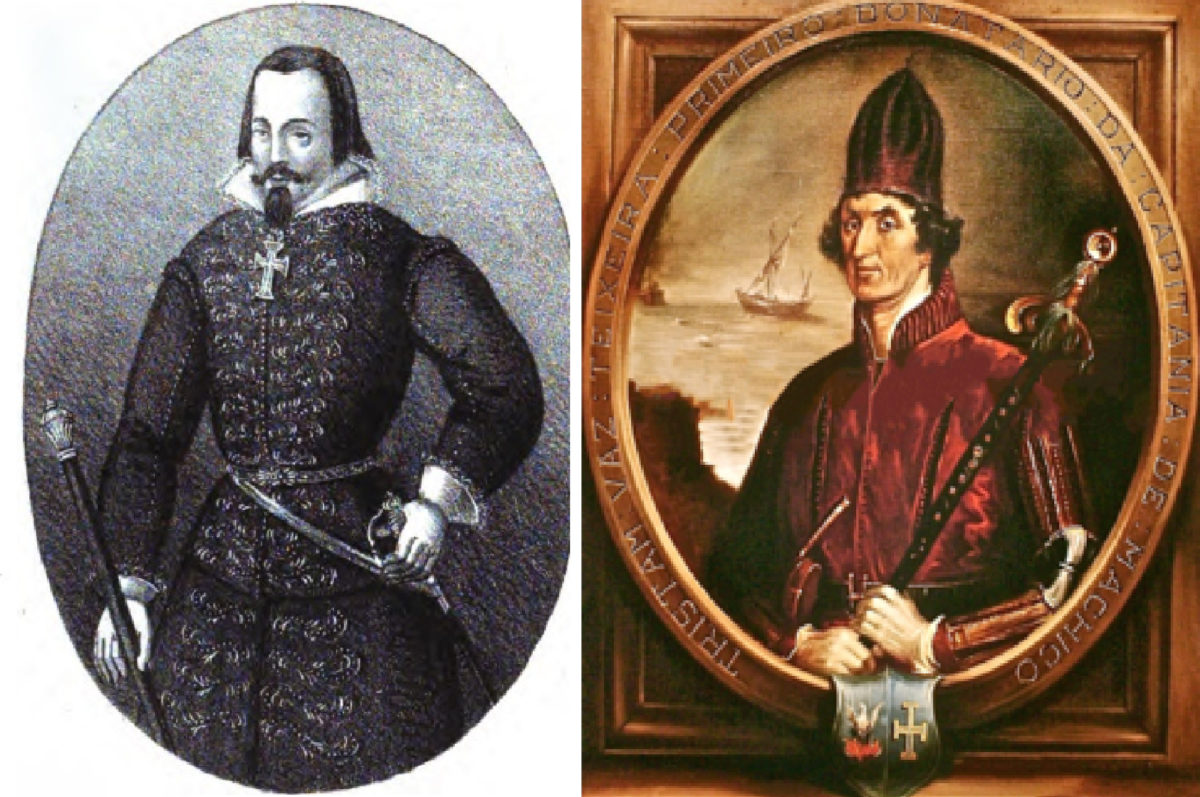
João Gonçalves Zarco and Tristão Vaz Teixeira were early 15th-century explorers. Zarco discovered and settled the Madeira Islands and was appointed the first captain of Funchal. Tristão Vaz Teixeira, alongside Zarco, discovered Porto Santo and later Madeira.
10. Duarte Pacheco Pereira
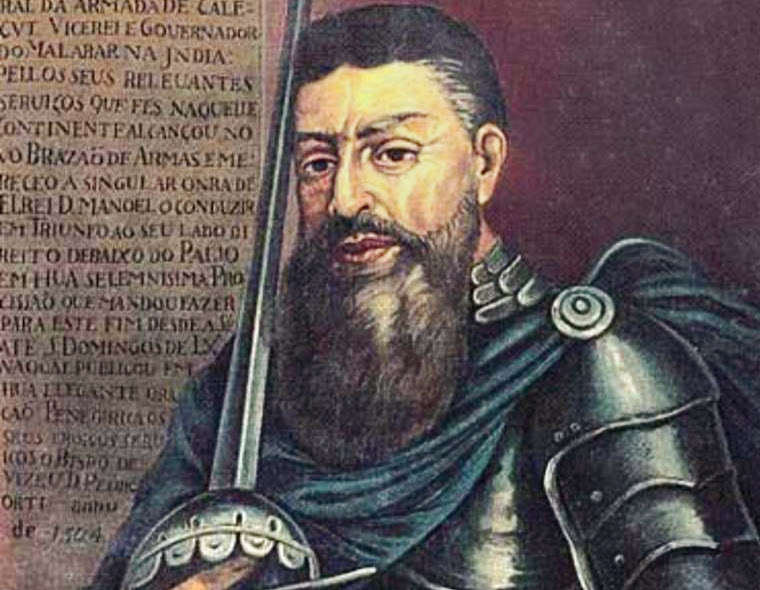
Duarte Pacheco Pereira (1460-1533) was a Portuguese sea captain, soldier, explorer, and cartographer. He may have discovered parts of Brazil, including Maranhão, Pará, and the Amazon River mouth, in 1498, before other known explorers reached these areas. His exploration skills were exceptional, contributing to Portugal’s navigation and mapping.
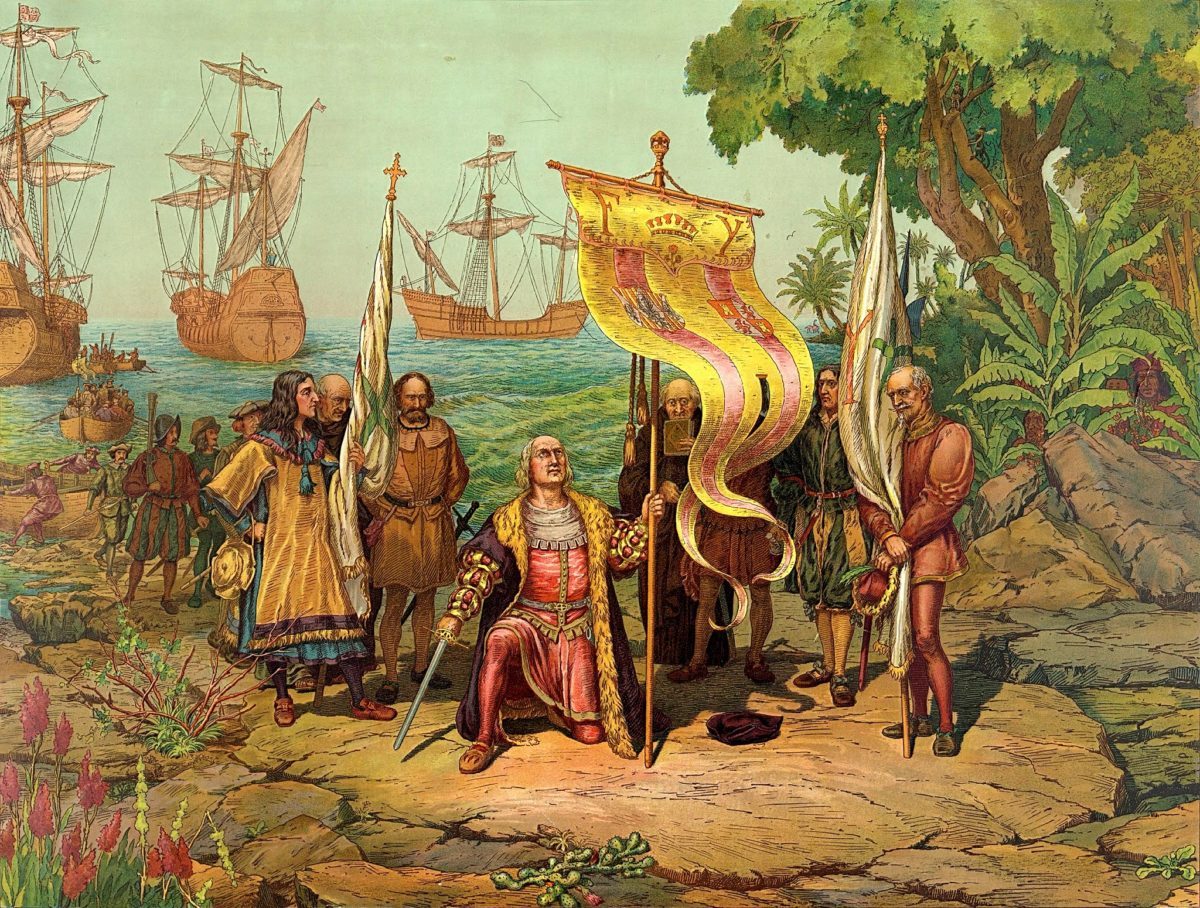

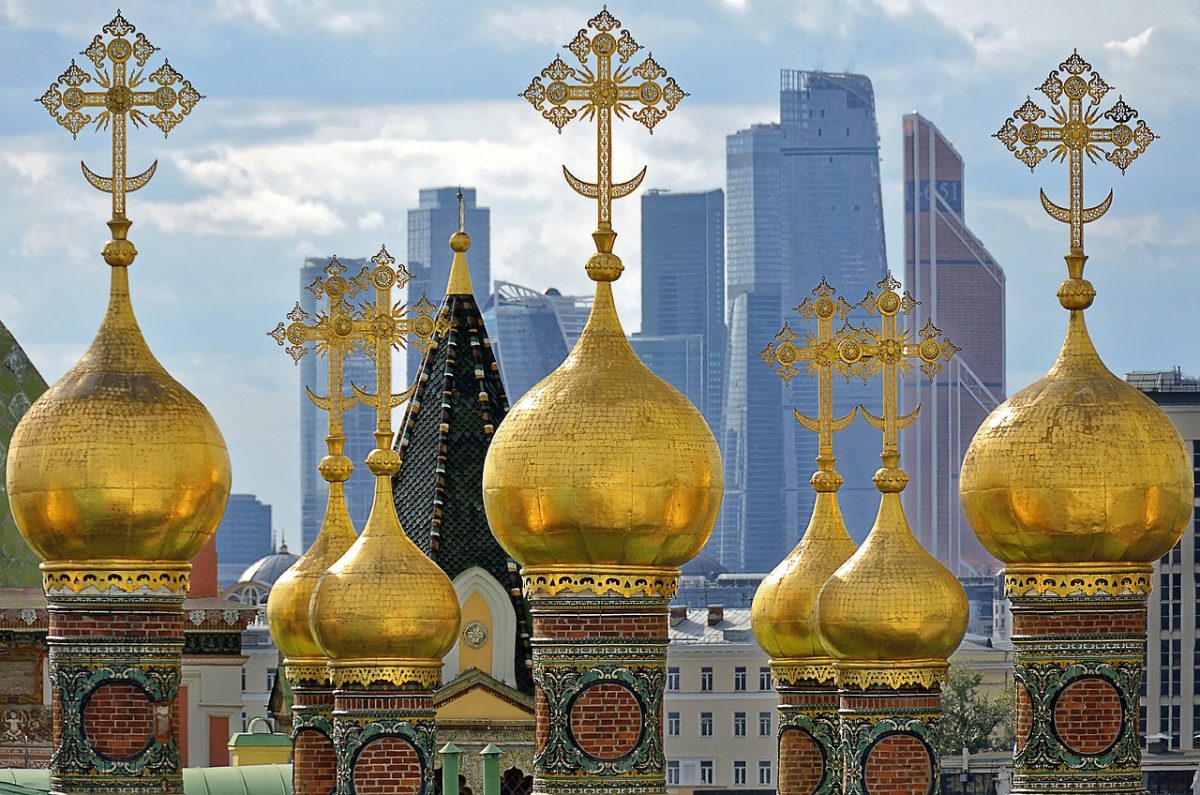

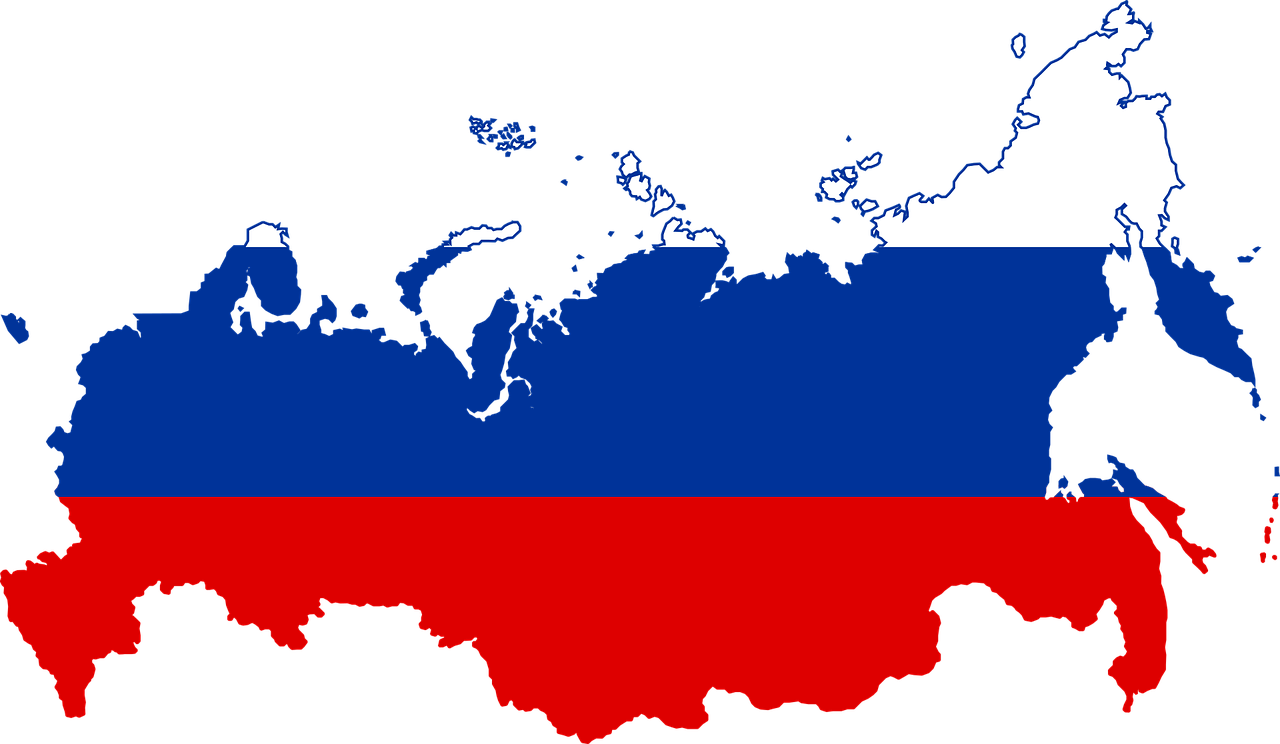
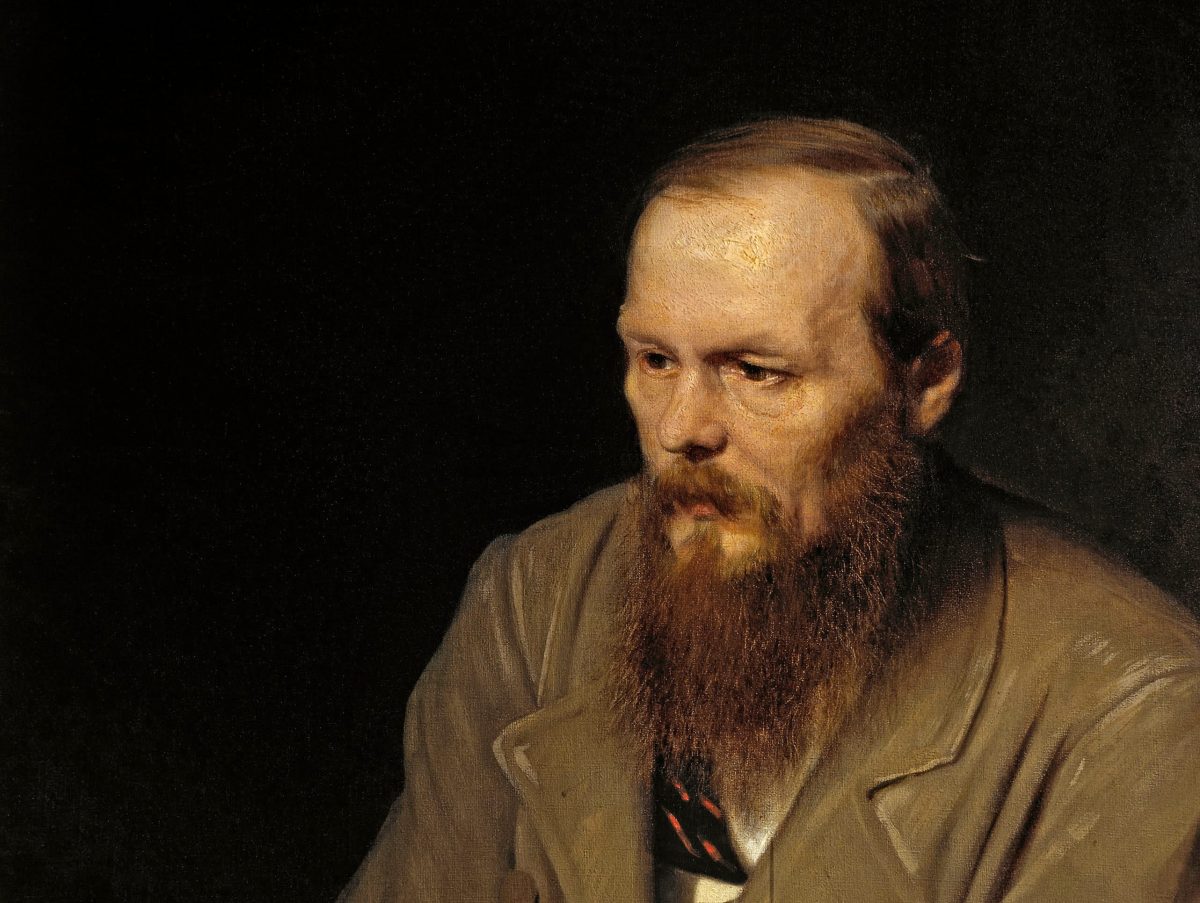

Very good historical knowledge regarding the ancient voyage / expeditions of seas and new found lands of earth beyond the Europe.